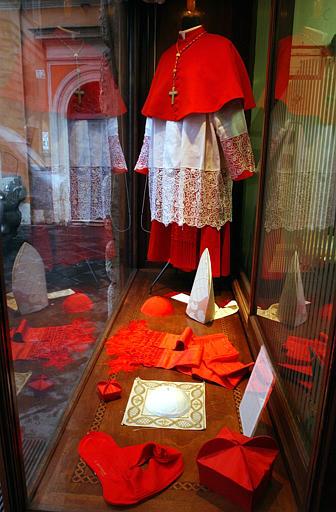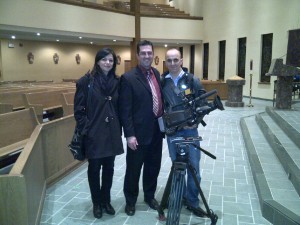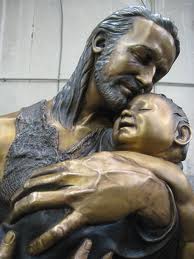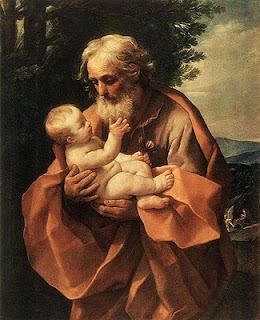 Pope Benedict recently appointed, among others, Archbishops Thomas Collins of Toronto and Timothy Dolan of New York City as cardinals of the Holy Roman Catholic Church. They will be officially made cardinals in February. Tell me, what exactly is a cardinal?
Pope Benedict recently appointed, among others, Archbishops Thomas Collins of Toronto and Timothy Dolan of New York City as cardinals of the Holy Roman Catholic Church. They will be officially made cardinals in February. Tell me, what exactly is a cardinal?
A cardinal is a very important cleric in the Church, and is usually an ordained bishop, although at times priests can be included among their ranks. There have even been occasions in the past when non-ordained men have been cardinals, although this was relatively rare. In fact, that hasn’t happened since the end of the 19th century, and won’t going forward. Current Church law limits membership in the College of Cardinals to those who have received orders. In some cases, cardinals who had been serving as bishops or archbishops are assigned to be heads of important Church departments (called “offices” or “congregations”). One example of this was Cardinal Ratzinger, who became Pope Benedict XVI. Before he was elected pope, Cardinal Ratzinger was in charge of The Congregation of the Doctrine of the Faith (CDF). This is the office of the Church that is tasked with making sure the Catholic faith is taught correctly, in all its purity, throughout the world.
Speaking of electing popes, by far the most important task of the College of Cardinals is to do just that. After the death or resignation of a pope, the cardinals are tasked with electing a new Supreme Pontiff from among their ranks. All cardinals 80 years of age and under are eligible to vote in a private meeting known as a “conclave” to select a new Holy Father.
I have heard that there can be “secret cardinals” named by the pope. Is that true?
Yes, that is a real practice. They are known as cardinals in pectore (Latin for “in the heart”). The pope may appoint a bishop as a cardinal, but not make this information public. His identity is kept secret in order to protect him and/or his flock from harm that would occur if word got out. If the situation changes and it is deemed safe to do so, the identity of the cardinal may be subsequently revealed. Pope John Paul II named four secret cardinals, one of whom is still unknown.
Why do cardinals wear scarlet?
The members of the College of Cardinals wear scarlet, a shade of red, to signify their willingness to shed their blood – to die, if necessary, to preserve the Catholic faith. Interestingly, the famous red bird known as the cardinal got its name from the red clothing of the cardinals of the Church – not the other way around.
How should I address someone like Archbishop Dolan or Archbishop Collins after he is made a cardinal?
One should address him as Your Eminence. When speaking about him in the third person, one may refer to him as His Eminence. You will also notice that when cardinals are referred to in written form, it often takes the form of “(first name) Cardinal (surname)”. For example, in the case of Archbishop Collins, he will sign his name on official documents as “Thomas Cardinal Collins”.
 In case you didn’t catch my interview on CBC’s The National on Easter Sunday, the segment on religion and technology has now been posted online here:
In case you didn’t catch my interview on CBC’s The National on Easter Sunday, the segment on religion and technology has now been posted online here:







